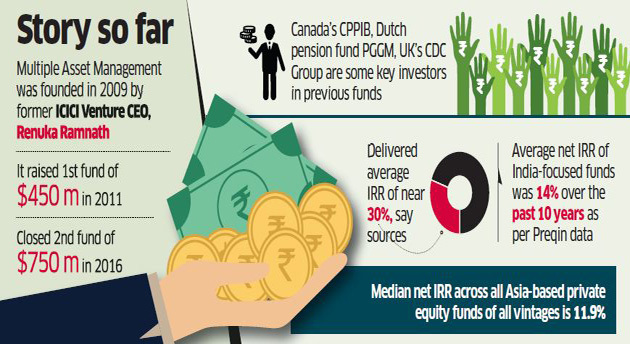 Qatar’s economy has proven its resilience and continues to perform well amid the blockade, improving local liquidity and gaining the confidence of international investors, said Doha Bank CEO Dr R Seetharaman.
Qatar’s economy has proven its resilience and continues to perform well amid the blockade, improving local liquidity and gaining the confidence of international investors, said Doha Bank CEO Dr R Seetharaman.
“The blockade (on Qatar by a quartet of nations) came as a rude shock to us. But Qatar has withstood… it has proven to be a resilient model. Qatar’s economy was performing around 2.5% last year.
This year we are not expecting less than 3.1% growth,” Seetharaman told Gulf Times in an interview.
He said Qatar improved local liquidity by disinvestment last year.
“If you look at Qatar economy, liquidity was under stress to start with. The government improved local liquidity. Now international investors have reposed confidence in Qatar. The banking system as a whole is improving.
“The loan to deposit ratio in the Qatari banking system has significantly improved and now stands at 112%. This is an improvement of the level, immediately post blockade, which was at 116%.”
Qatar’s banking sector had witnessed credit expansion of around 9%, the deposit book has grown of more than 10.4%, he noted.
He said in the days that followed the blockade, there were challenges in terms of international investors slowing down on Qatar.
“They were concerned about the Qatar economic momentum. Even the rating agencies looked sceptical, which explains the negative outlook on the sovereign.”
But, Seetharaman said, Qatar’s ‘AA’ rating, which is still very high, has not been challenged although the international rating agencies have changed the sovereign outlook to negative. The high rating (A) of Qatar’s banks is also not challenged.
Currently, Qatar holds Aa- by Fitch, AA- by S&P and Aa3 by Moody’s.
“With strong exports, positive economic outlook, and natural gas markets unaffected by the economic blockade, the overall growth for Qatar remains sustainable,” Seetharaman noted.
The International Monetary Fund (IMF) in its latest World Economic Outlook revised up its forecast for world economic growth in 2018 and 2019, saying sweeping US tax cuts were likely to boost investment in the world’s largest economy and help its main trading partners.
Seetharaman also said new global forecast has a 3.9% growth this year and next. The advanced economies are expected to grow by 2.3% in 2018 and 2.2% in 2019.
The emerging and developing economies are expected to grow by 4.9% in 2018 and 5% in 2019.
India is projected to grow at 7.4% of its gross domestic product (GDP) in 2018 making it the fastest growing economy among emerging economies following last year’s slowdown due to demonetisation and the implementation of goods and services tax.
China, which is spearheading the ‘Belt and Road’ concept is expected to grow up to 6.6% this year, he added.
Source: Gulf Times





